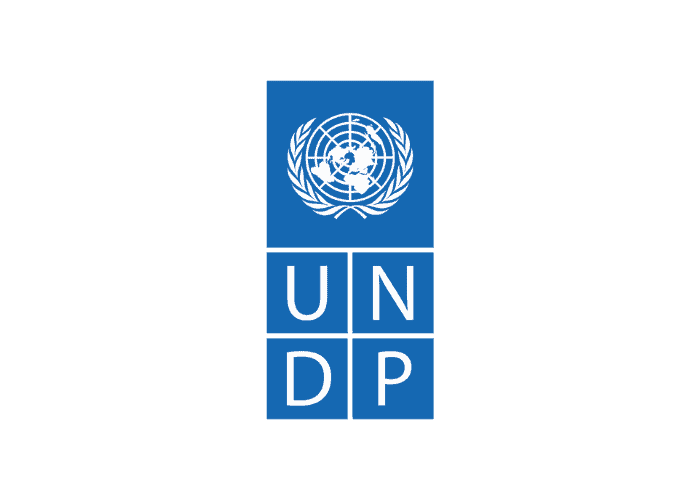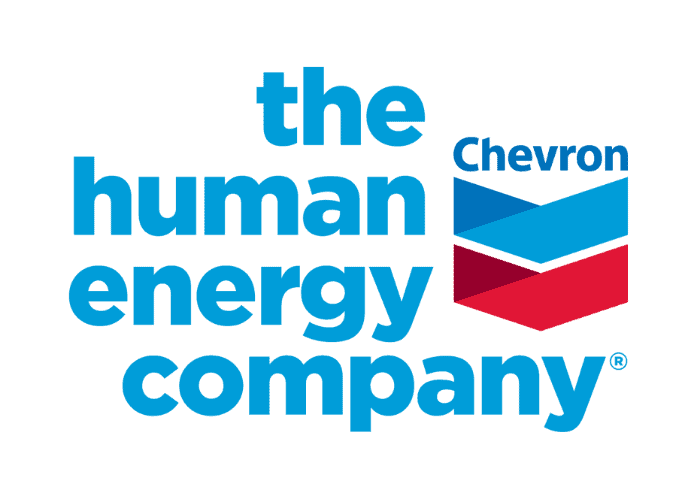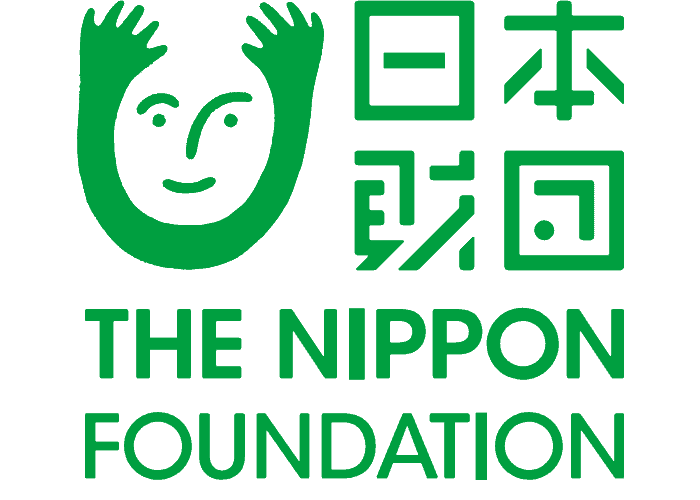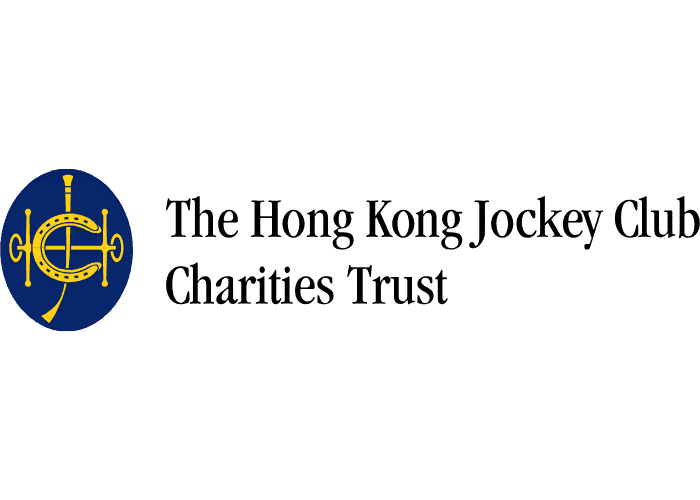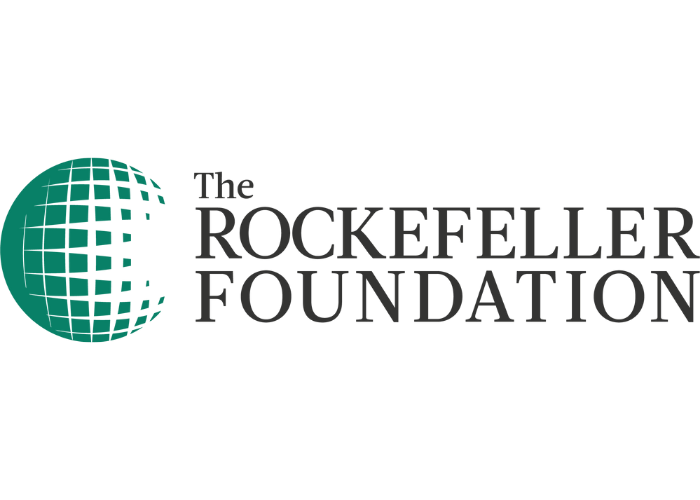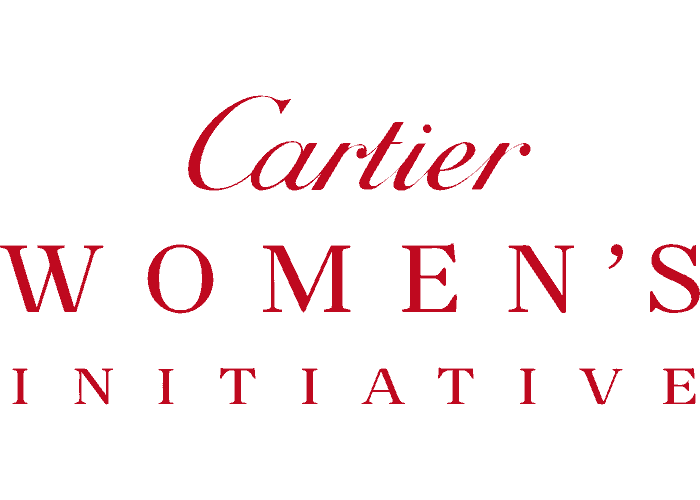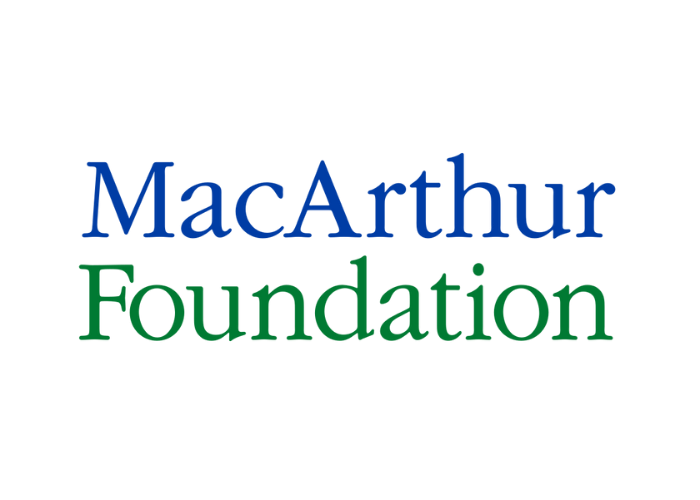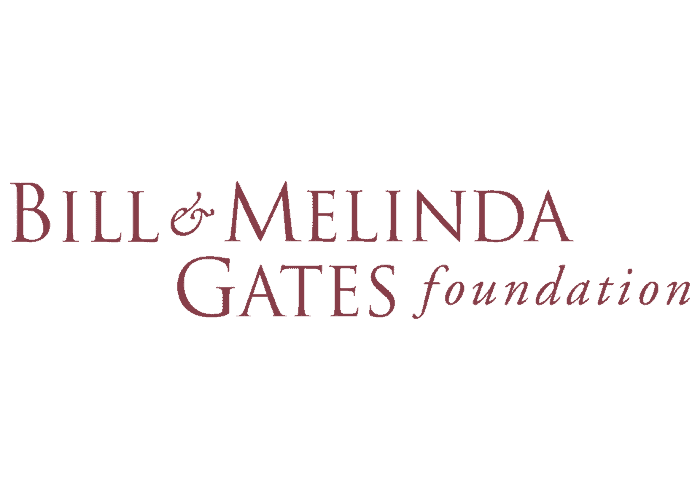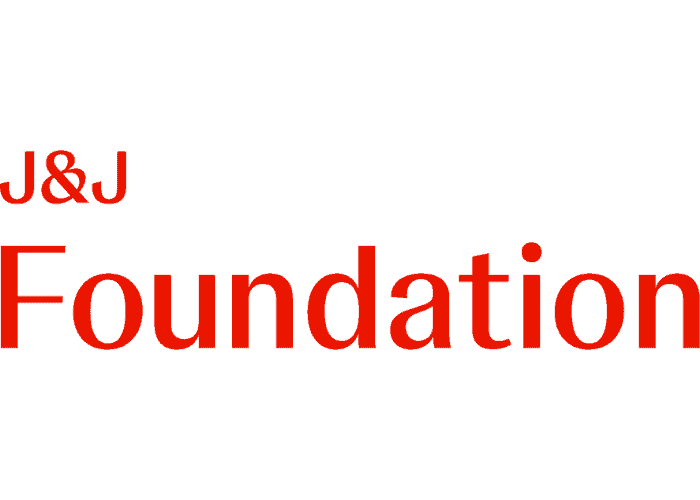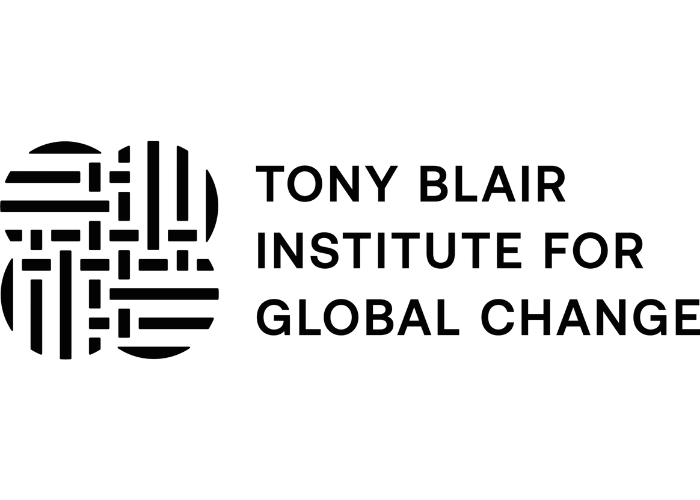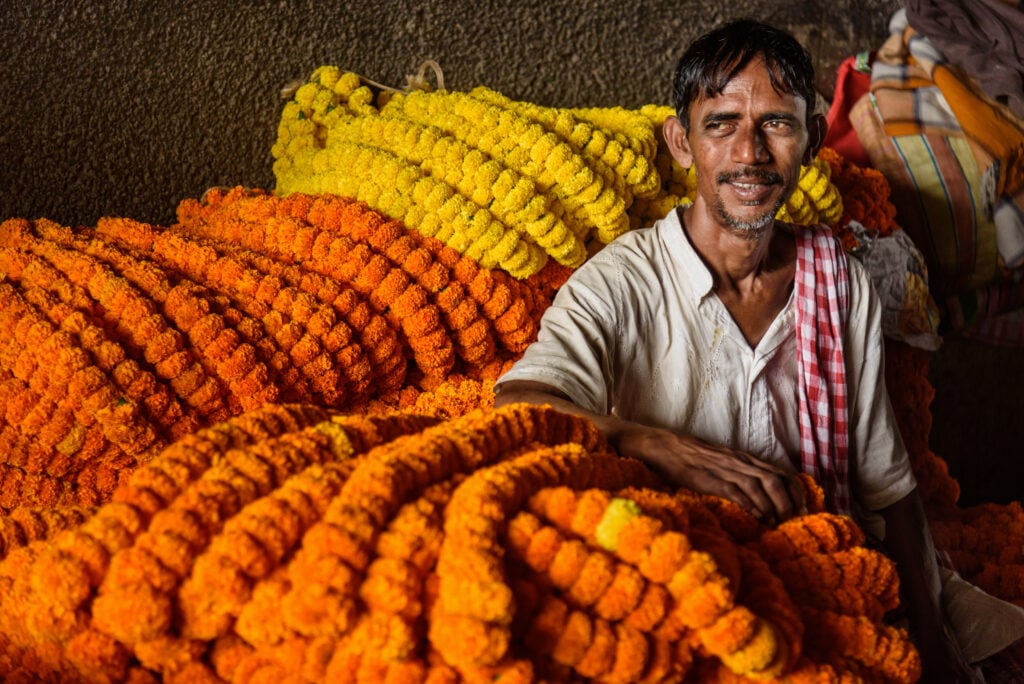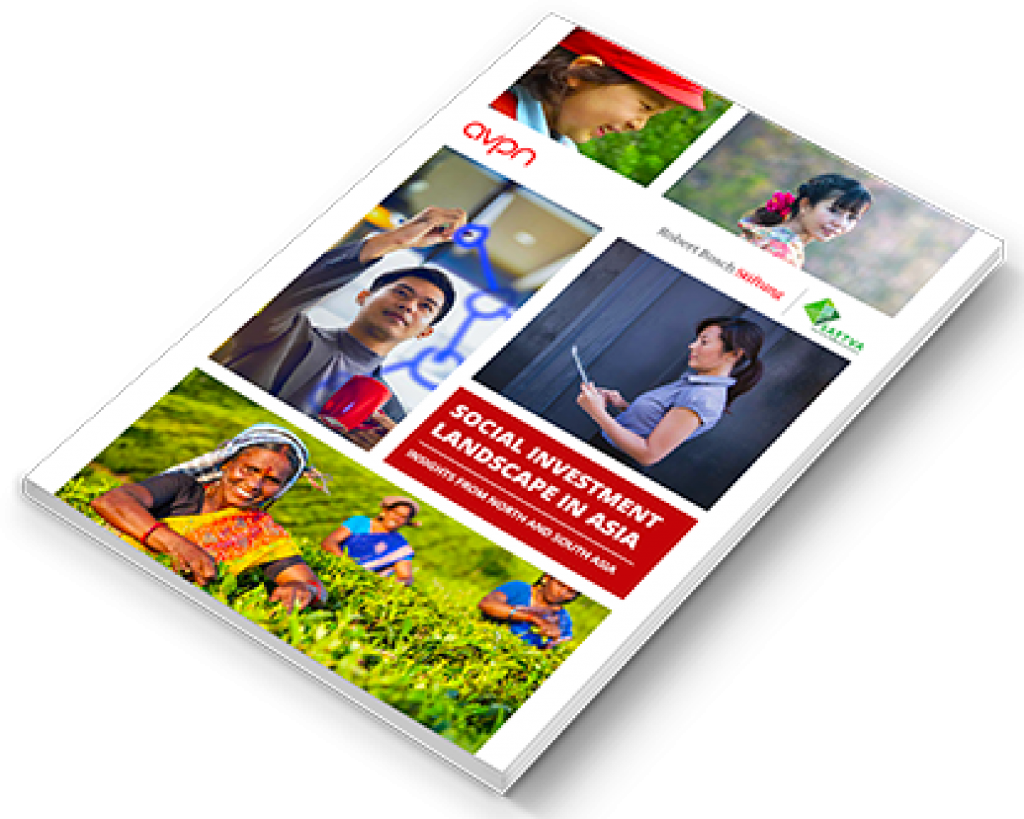Social Investment Landscape
Philippines
Summary
Executive Summary
In recent years, the Philippines has been among the fastest growing economies in the world, with an average annual growth of 6.3% between 2010-2016, up from 4.5% between 2000-2009. Domestic demand and increased infrastructure spending are expected to enable the Philippines to remain a top performer in 2019, with a projected GDP growth of 6.7%. This growth momentum will likely propel the country from lower-middle-income status to upper-middle-income in the medium term.
Nonetheless, the Philippines’ impressive growth has not translated to improved economic mobility. The 40 richest families account for about 76% of the economy while the country’s poverty headcount ratio, defined as the percentage of the population living below the national poverty line, has only declined slightly from 27% in 2006 to 22% in 2016. Disparities between affluent and poor households remain stark in key health indicators including maternal and child mortality and nutrition levels among children.
The Philippines’ social economy is transitioning to the growth stage, driven by collaborative philanthropy and creative approaches to social funding such as pooled corporate social responsibility (CSR) funds. The country has the second largest impact investing market in Southeast Asia in terms of the amount of capital deployed between 2007-2017. Since 2013, the Philippines has committed to taking nationwide actions to promote environmental, social and governance (ESG) compliance among banks. Moreover, the launch of the country’s first green bond in 2017 might provide the impetus to jumpstart the nascent sustainable finance space.
Philippines's Fact File
Philippines's 2018 Fact File
54 47 in 2016
World Giving Index Rank
Dashboard
SDG Dashboard
- An upper-middle-income status,
- Rural poverty rate of 20%,
- High level of human development,
- Unemployment rate of 3% to 5%,
- Greater trust in the government and the society,
- Greater resilience and drive for innovation.
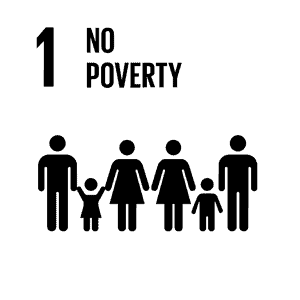
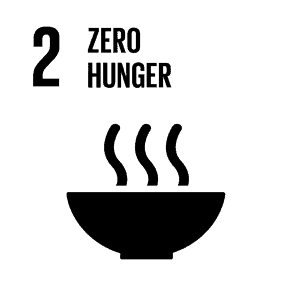
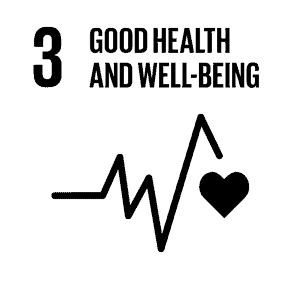
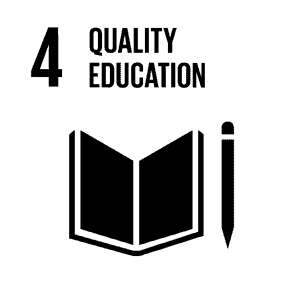
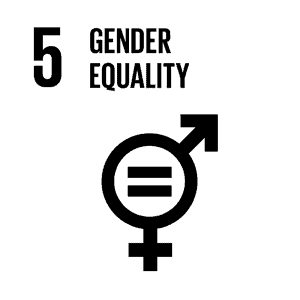
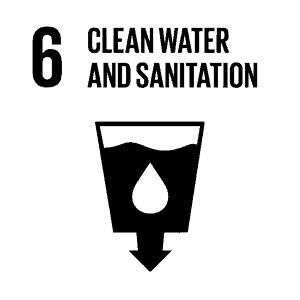
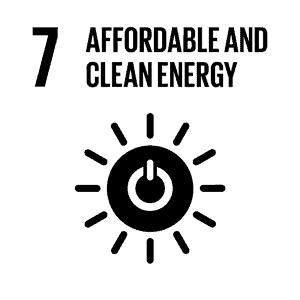
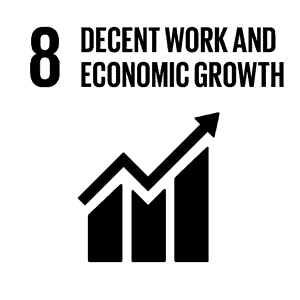
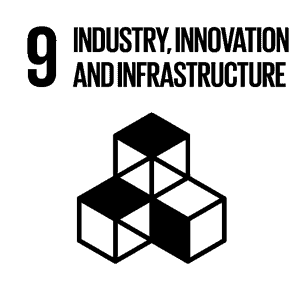

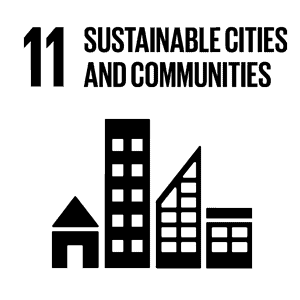
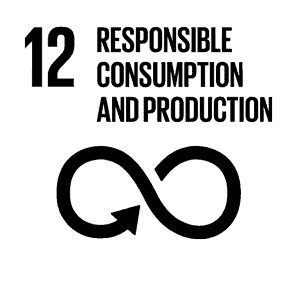
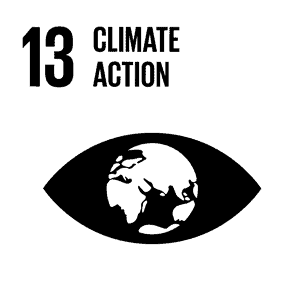
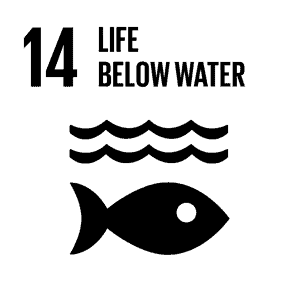
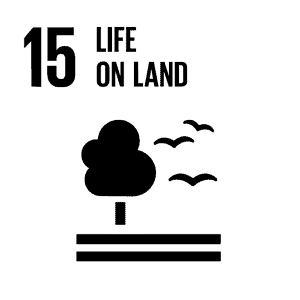
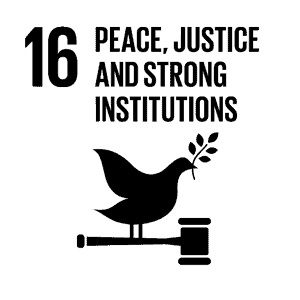

Source: sdgindex.org (2018)
Note: The “traffic light” colour scheme (green,yellow, orange, red) illustrates how far a market is from achieving a particular goal
Government Initiatives
Government Initiatives to Address Development Gaps
Agriculture
SDG Goals



Gap
- 26% of the total workforce were employed in agriculture but the sector contributed less than 10% of GDP in 2017.
- The Philippines’ crop production index steadily declined from 119 in 2012 to 110 in 2017, impacting the country’s food security.
Government Initiatives
- The Philippine Development Plan seeks to substantially increase the gross value add of agriculture, fisheries and forestry from the baseline value of 1% to 2.5%-3.5% between 2017-2022. Strategies supporting this target include improving agricultural productivity and the capacity of agricultural enterprises.
Climate action
SDG Goals



Gap
- The 2018 World Risk Index ranked the Philippines the third most vulnerable country in the world with a high risk of tropical cyclones.
- Climate change will cause crop yields to decrease by 25% according to the Food and Agriculture Organisation (FAO).
Government Initiatives
- The National Climate Change Action Plan 2011-2028 outlines 7 key priorities: food security, water sufficiency, environmental and ecological stability, human security, climate-friendly industries and services, sustainable energy and knowledge and capacity development. The Philippines has committed to reducing carbon emissions by 70% by 2030.
Education and employability
SDG Goals


Gap
- The Philippines slipped from 49th place in 2016 to 50th in 2017 in the World Economic Forum’s Human Capital ranking due to challenges in skills application and accumulation through work.
Government Initiatives
- The Philippine government focuses on improving access and quality of the “K to 12” programme, which covers kindergarten and 12 years of basic education. It is also working to ensure that higher and technical education keeps up with the changing employment landscape.
Energy access
SDG Goals

Gap
- Almost 10% of the Philippines’ population does not have access to electricity.
- The country has the second highest electricity costs in Southeast Asia.
- Total energy consumption is projected to increase at an average rate of 4% annually.
Government Initiatives
- The Philippine Energy Plan 2017-2040 aims to ensure 100% access to energy, increase renewable energy capacity to at least 20,000 megawatts, establish an investment-driven natural gas industry and promote energy efficiency.
Health care
SDG Goals

Gap
- 1 in 3 children under 5 years of age are malnourished. The prevalence of stunting increased to 33% in 2017 from 30% in 2013.
- The Philippines has high rates of maternal and infant mortality, especially in rural areas.
Government Initiatives
- The Philippine Health Agenda 2016-2022 aims to combat communicable and non-communicable diseases, malnutrition and industrialisation-related diseases. The government is also committed to improving health care service delivery and reducing inequality in access to health care.
MSME development
SDG Goals


Gap
- MSMEs account for 99.6% of all enterprises but only 25% of the country’s exports.
- MSMEs’ financing gap is estimated at about USD 2 billion.
Government Initiatives
- The Magna Carta for MSMEs mandates banks to allocate 8% of their loan portfolio to micro and small enterprises, and 2% to medium-sized enterprises.
Poverty alleviation
SDG Goals

Gap
- The country’s poverty headcount ratio has declined only slightly from 27% in 2006 to 22% in 2016.
Government Initiatives
- The Philippine Development Plan 2017-2022 aims to reduce the national poverty headcount ratio to 13%-15% by 2022. Key policy measures include creating more and better jobs, improving productivity, equipping the workforce with 21st century skills, and investment in health and nutrition.
Water and sanitation
SDG Goals

Gap
- About 9% of the population does not have access to clean water and 18% lacks access to improved sanitation.
Government Initiatives
- The Philippines aims to achieve universal and equitable access to safe and affordable drinking water an adequate sanitation for all by 2030. It is also focusing on improving water quality.
Social Economy
The Philippines’ social economy is transitioning to the growth stage, driven by collaborative philanthropy and creative approaches to social funding such as pooled CSR funds
Factor
Presence, size, and maturity of SEs
Rating
◕
Description
- There are about 60,000 non-profit organisations and 30,000 SEs in the Philippines, which include revenue-generating non profits, cooperatives, associations and microfinance institutions. Some SEs have achieved national scale.
Factor
Rating
◕
Description
- SEs are present in a range of sectors including financial services, education, health, agriculture, employability, environment and water and sanitation.
Factor
Philanthropic contributions
Rating
◕
Description
- Institutional philanthropy is well established with the active presence of both public and private foundations.
- Community foundations are drivers of local philanthropy while family foundations have moved towards collaborative philanthropy.
Factor
Rating
◕
Description
- The Philippines has the second largest impact investing market in Southeast Asia.
- A number of notable international impact funds operate in the country, including Accion, Leapfrog Investments, LGT Impact, Omidyar Network, Oikocredit, Patamar, responsAbility, SEAF and Unitus.
- Foundations such as FSSI, FPE, PEF, PhilDev provide patient capital in the forms of grants, debt and equity as well as non-financial support to build up SEs’ capacity.
Factor
Rating
⬤
Description
- Collective impact through pooled CSR funds, corporate impact venturing and inclusive business are some of the advanced approaches adopted by companies in the Philippines to maximise social impact.
Factor
Incubators, accelerators, and capacity-builders
Rating
◑
Description
- SEs may be registered under existing for-profit and non-profit legal structures.
- The Philippine government has taken initial steps to support SPOs with the IB accreditation framework as well as the proposed PRESENT Bill and Social Value Act.
Factor
Incubators, accelerators, and capacity-builders
Rating
◕
Description
- Xchange, FSSI, FPE, PEF, PhilDev, GKonomics (an initiative by GK), EDMEnterprise, Social Enterprise Development Partnerships, Inc. (SEDPI) are some of the most active social incubators, accelerators and capacity builders.
Factor
Networks and platforms
Rating
◕
Description
- AVPN, British Council, the Philippine Social Enterprise Network (PhilSEN), GK, PSBP, Ateneo de Manila University manage networks and platforms that bring together diverse social economy stakeholders in the country.
Factor
Knowledge and research
Rating
◕
Description
- The Philippines has a relatively well-documented social economy. Various research papers and reports have been published by the British Council, the Lien Centre for Social Innovation, UBS and INSEAD, AVPN, GIIN and Indiana University – Lilly Family School of Philanthropy and the Institute for Social Entrepreneurship in Asia (ISEA).
- Ateneo de Manila University and Xavier University offer social entrepreneurship programmes.
Factor
Partnerships
Rating
⬤
Description
- Collaborations for impact are present in various stakeholder groups in the social economy including public foundations, family foundations and corporates.
- Collective impact and pooled funds are some of the innovative partnership approaches seen in the country.




